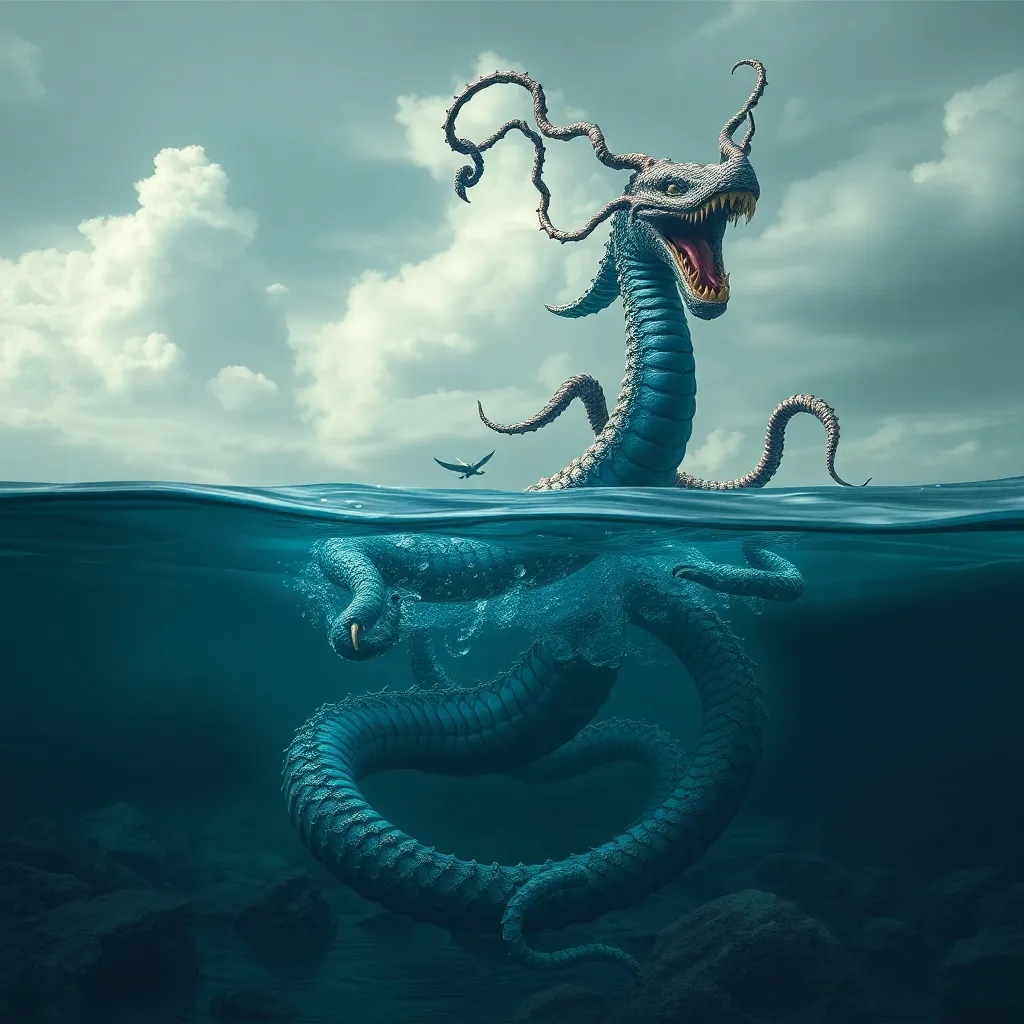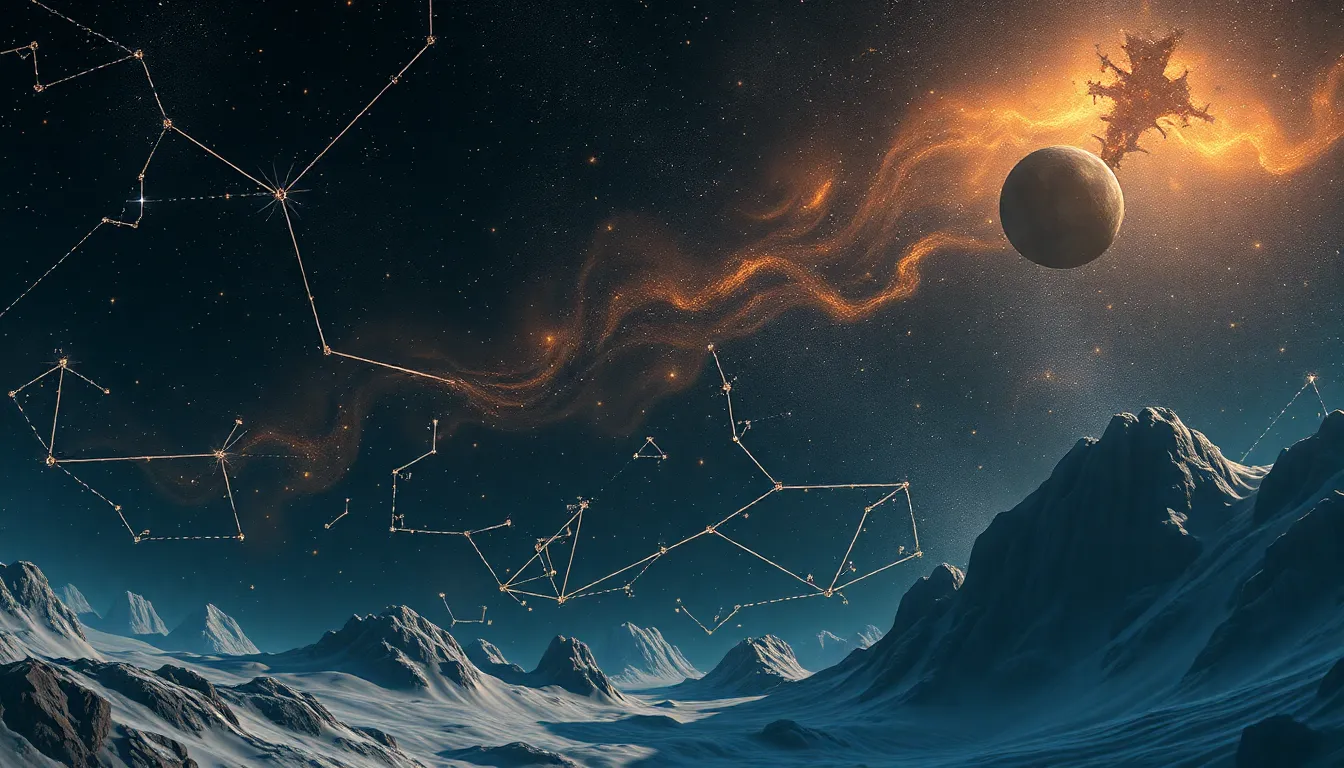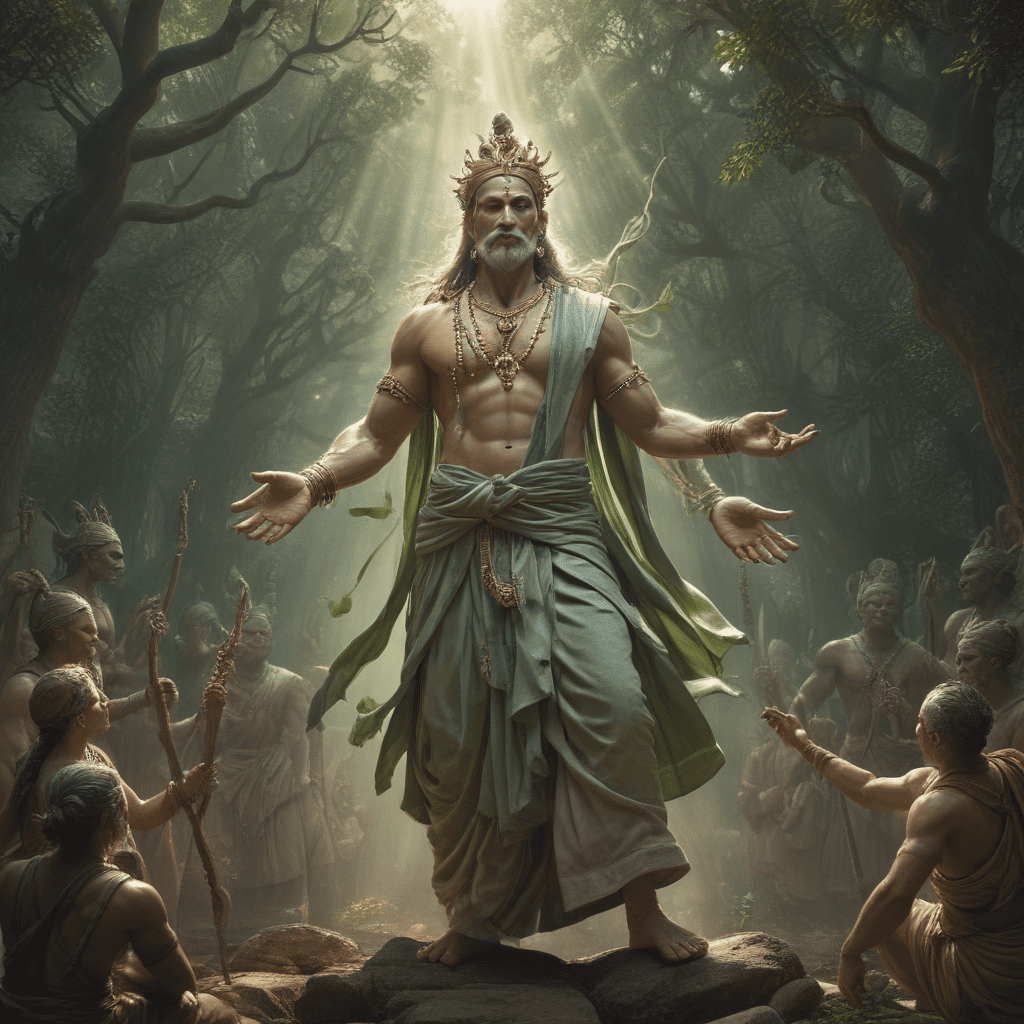Aztec Mythology: Exploring the Concept of Duality
The Aztec civilization, known for its complex social structure, intricate calendar system, and stunning architecture, also possessed a rich and vibrant mythology that reflects a deep understanding of the world's inherent duality. From the creation of the universe to the cycles of life and death, the concept of opposing forces permeates Aztec beliefs, shaping their worldview and influencing their rituals and daily life.
The Cosmic Duality of Ometeotl
At the heart of Aztec cosmology lies the primordial deity Ometeotl, the "Two-Lord." This divine being embodies the ultimate duality, representing both the masculine and feminine principles, the creative and destructive forces, and the source of all existence. Ometeotl is considered the origin of all other gods and goddesses, symbolizing the unity and interconnectedness of all things. The concept of duality is deeply ingrained in the very essence of creation and existence, reflecting the Aztecs' understanding of the universe as a balanced and harmonious system governed by opposing forces.
The Dual Nature of the Gods: Teotl and Tlacatecutli
Within the pantheon of Aztec gods, the concept of duality is further emphasized through the dual nature of many deities. For example, Teotl, the "God," represents the divine essence, while Tlacatecutli, the "Lord of the Flesh," represents the human aspect. This duality highlights the interconnectedness of the divine and the human, suggesting that divinity is present within every individual and that humans possess the potential for greatness. This understanding encouraged Aztecs to strive for spiritual growth and to connect with the divine through rituals and offerings.
The Opposing Forces of Day and Night: Tonatiuh and Tezcatlipoca
The eternal struggle between day and night is personified by the sun god Tonatiuh and the night god Tezcatlipoca, two of the most powerful deities in the Aztec pantheon. Tonatiuh, the bringer of light and warmth, represents order, creation, and life, while Tezcatlipoca, the "Smoking Mirror," embodies chaos, destruction, and death. This eternal conflict reflects the cyclical nature of time, the constant ebb and flow of life and death, and the inherent tension between order and chaos. This duality also reflects the Aztec belief that both light and darkness are necessary for life to exist, emphasizing the importance of balance and harmony in the universe.
The Duality of Creation: The Four Suns
The Aztec creation myth tells the story of four previous suns, each representing different eras and destroyed by different catastrophes. This story emphasizes the cyclical nature of creation and destruction, highlighting the inevitable process of renewal and change. Each sun, representing a different cosmic era, is associated with a specific god, further demonstrating the duality of creation and destruction, and the interconnectedness of the gods and the universe. This concept reinforces the idea that the universe is not static but constantly evolving, and that every era has its own challenges and opportunities.
The Complementary Nature of Masculine and Feminine: Huehuecoyotl and Xiuhtecuhtli
The dualistic nature of the universe is also reflected in the relationship between masculine and feminine deities. For instance, Huehuecoyotl, the "Old Coyote," represents the creative force, the trickster, and the elder god, while Xiuhtecuhtli, the "Lord of the Year," embodies the fire god, representing the destructive and transformative power of fire. This complementary relationship underscores the importance of both masculine and feminine energies in the creation and maintenance of the universe. The Aztec worldview emphasized a harmonious balance between these forces, recognizing their interconnectedness and mutual dependence.
The Interplay of Life and Death: Mictlantecuhtli and Tlaloc
The Aztec understanding of life and death is intricately woven with the concept of duality, represented by the deities Mictlantecuhtli and Tlaloc. Mictlantecuhtli, the "Lord of the Dead," rules the underworld, Mictlan, a realm where souls journey after death. He is associated with death, darkness, and the unknown. On the other hand, Tlaloc, the "Lord of Rain," represents the life-giving power of water, fertility, and the bounty of the earth. He governs the realm of rain, thunder, and lightning, symbolizing the cyclical nature of life and death.
This dualistic relationship between Mictlantecuhtli and Tlaloc highlights the interconnectedness of life and death. Just as rain nourishes the earth and brings forth new life, death returns souls to the earth, enriching it and ensuring the cycle of regeneration. While Mictlantecuhtli represents the finality of death, Tlaloc represents the promise of renewal and the eternal cycle of life. This understanding emphasizes that death is not an end but rather a transition, an inevitable part of the continuous flow of existence.
The Duality of Sacrifice: Blood and Rebirth
Sacrifice played a central role in Aztec religion and society, serving as a way to honor the gods, ensure prosperity, and maintain cosmic balance. The Aztecs believed that the blood of sacrificed victims provided sustenance for the gods, and that their hearts, offered as a tribute, fueled the sun's journey across the sky. This act of sacrifice was seen as a symbolic death and rebirth, a way to renew the world and ensure its continued existence.
The duality of sacrifice is reflected in the concept of "Blood and Rebirth." The spilling of blood, while representing death, was also seen as a source of life-giving energy. Sacrifice was not simply an act of violence, but a ritualistic act of offering, a way to create a connection between the human world and the divine. Through sacrifice, the Aztecs sought to maintain the delicate balance between life and death, ensuring the continuation of the cycle of creation and destruction.
The Symbolism of Dualities in Aztec Art and Ritual
The concept of duality is deeply ingrained in Aztec art and ritual practices, manifesting in a variety of symbolic forms. The dualistic nature of gods and goddesses is often depicted in their iconography, with deities frequently appearing in pairs, representing both opposing and complementary forces. For example, the god Quetzalcoatl, often depicted as a feathered serpent, symbolizes knowledge, creation, and the wind, while the goddess Xochiquetzal, associated with beauty, love, and flowers, represents the feminine aspect of creation.
Aztec art also frequently employs contrasting colors, shapes, and motifs to symbolize duality. The colors black and white, for instance, are often used to represent the opposing forces of night and day, death and life. The use of two intertwined serpents, as seen in the symbol of the Quetzalcoatl, represents the duality of creation and destruction, life and death.
Theories on the Origins of Duality in Aztec Mythology
The origins of the concept of duality in Aztec mythology are complex and multifaceted. Some scholars suggest that the concept may have stemmed from the Aztecs' observation of the natural world, where opposing forces like light and darkness, day and night, life and death, are constantly interacting and influencing each other. Others propose that it might have been influenced by earlier Mesoamerican civilizations, such as the Olmec and Maya, who also incorporated dualistic concepts into their belief systems.
It is also possible that the Aztec concept of duality was influenced by the challenges and complexities of their own society. The Aztecs faced constant struggle and conflict, both internally and with neighboring civilizations. This may have contributed to their emphasis on opposing forces, the need for balance, and the importance of rituals and sacrifices to maintain harmony in the universe.
The Impact of Duality on Aztec Society and Culture
The concept of duality profoundly influenced Aztec society and culture, shaping their worldview, rituals, and social structures. The understanding of opposing forces led to a focus on balance and harmony, with rituals and sacrifices designed to appease the gods and maintain the delicate equilibrium of the universe. This belief system also influenced the social hierarchy, with the rulers and priests representing the divine order and the common people symbolizing the human realm.
The Aztec concept of duality also played a role in their artistic expressions. Their art and architecture reflected the interplay of opposing forces, from the contrasting colors used in their murals to the symmetrical designs of their temples. The concept of duality permeated all aspects of Aztec life, demonstrating their profound understanding of the interconnectedness of the universe and their belief in the inherent balance of opposing forces.
Frequently Asked Questions
What is the most important concept in Aztec Mythology?
The most important concept in Aztec mythology is the concept of duality. Duality permeates every aspect of Aztec belief, from the creation of the universe to the daily life of its people.
How is duality represented in Aztec mythology?
Duality is represented in Aztec mythology through a variety of symbols, gods, and goddesses. For instance, the primordial deity Ometeotl embodies both the masculine and feminine principles, the creative and destructive forces, and the source of all existence. Other deities, like Tonatiuh and Tezcatlipoca, represent the opposing forces of day and night, while Mictlantecuhtli and Tlaloc epitomize the interplay of life and death.
What is the significance of duality in Aztec culture?
Duality played a significant role in Aztec culture, shaping their worldview, rituals, and social structures. It emphasized the importance of balance and harmony, leading them to believe in the interconnectedness of opposing forces and the need for rituals and sacrifices to maintain cosmic equilibrium.
What are some examples of duality in Aztec art and rituals?
Examples of duality in Aztec art and rituals include:
- The depiction of gods and goddesses in pairs, representing both opposing and complementary forces.
- The use of contrasting colors, shapes, and motifs to symbolize duality, such as the colors black and white representing night and day, and the intertwined serpents symbolizing the duality of creation and destruction.
- Ritualistic sacrifices, which were seen as a symbolic death and rebirth, a way to renew the world and ensure its continued existence.
How does the concept of duality impact our understanding of Aztec society?
The concept of duality provides us with a deeper understanding of Aztec society and culture. It reveals how their worldview was shaped by the belief in opposing forces, the importance of balance and harmony, and the interconnectedness of all things. This understanding helps us appreciate the complexity and sophistication of Aztec civilization and their intricate understanding of the world around them.



